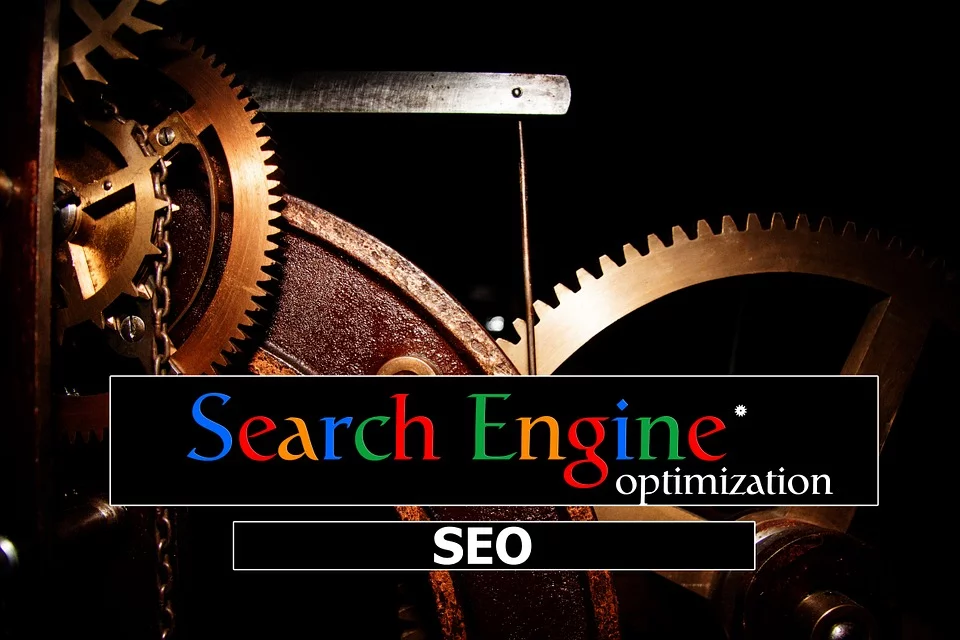Can Beautiful Web Design and SEO Effectiveness work together?

Today, you can have an attractive website, but you won't be the only one. Let's give an example of a personal injury law firm. You may think that having an attractive website will generate online interest. So you go out and hire someone to design you a 'Ferrari of a website'. With your dream website completed, you wait, and wonder why there isn't a significant increase in traffic?
Downcast, you ponder for days on end, and then you see an advert for an SEO specialist. You have heard of these SEOs', but not quite sure what they do.
You do some investigating and think perhaps this SEO man or woman can wave their abra-cadabra wand and customers will be lining outside your door, then you learn that isn't necessarily the case --it's a much longer road! You make another discovery- the battle is whose website can be the most helpful. The focus isn't on your website; it's on your customers!

How to make your website SEO Friendly?
So why isn't traffic increasing? Let's ask a different question, was your website built with Google in mind?
If Google isn't indexing your website, it won't show up in search results! And in most cases, if your website isn't indexed effectively, you'll see only your homepage, but not the other pages displayed in search results.
Your most important objective of building a website that is effective for SEO is helping Google to help YOU!
Great Tips for effective SEO
- Apply Alt Text: identify images that appear on blogs or landing pages, you can do this by adding alt text defined as “an alt attribute description for images”.
- Avoid duplicate content: duplicate content harms your ranking on Google. And, Google won't index your site. You won't face that problem if you write a short blog. However, if you're a local personal injury law firm with offices in different locations, and each of your offices has a different website, you'll need to create original content for each site.
- Simplified Website Architecture:website architecture refers to the structure or organization of your site. Ask yourself, “does my website help customers find the information that they're looking for?”
The structure of your website bridges the importance of website design and SEO. Clifford Chi from Hubspot says that there are certain fundamentals you should consider:
- Consistency-ensuring the 'design principles, navigation format, and link displays follow a consistent pattern' will increase your chances of converting visitors into customers.
- Familiarity: mirror the website structure of a more established brand in your industry. When customers are familiar with a website structure, it means more intuitive navigation.
- Intuitive internal links: it needs to make immediate sense to customers why an internal link is on a certain webpage and- by clicking on it- where it will direct them.

Can effective SEO and website design work together?
Optimizing Content
Let's say traffic IS coming to your website, but your website is not as aesthetically pleasing. Here is how SEO and website design can work together: the first stage is optimizing your content. If you have large blocks of text without subheadings or the font is not attractive-it won't take long for customers to click away and find a more attractive website of a competitor.
Put yourself in your customers' place by asking yourself "what are my customers searching for?", and "how will the content on my website solve my customers' problems?". When creating titles for your landing pages and pillar pages make sure you include keywords, but don't overuse keywords.

Mobile User Friendly
One factor that is important for both website design and SEO is mobile-friendliness. In 2015, Google made mobile-friendliness integral to how they rank a website. And in 2017, Google made mobile-first indexing.
An increasing number of your customers and prospects are using their mobile to search rather than from their desktop. If your website doesn't download on a mobile, it won't help your ranking on Google. Research from techduty.com shows that “40% of people search only on a smartphone”.
Sitemaps
Another factor where your website design supports SEO is creating a sitemap. Sitemaps “provide a guide for search engines like Google of all pages and content on your website”.
They also help first-time visitors to navigate around your site. From an SEO perspective, sitemaps contain metadata; this helps enhance your chances of ranking higher on a search engine results page.

Chat Bots
Among the 200+ ranking factors used by Google to rank your website is dwell time.When Google sees people are spending longer on your site, there is more chance that you'll rank higher on Google.And there aren't many tools better at increasing dwell time than chatbots.
Chatbots facilitate real-time personalized interaction with customers. And the best thing is, your customers will think they are talking to a human being! Research from Hubspot shows that 63% of online users speak to a chatbot and aren't aware of it. Gartner predicts that in 2020, people will “spend more time conversing with a chatbot than their spouse!”

The partnership of effective SEO and beautiful web design
Today having a pretty website that attracts will only do so much for you. Designing a website with SEO in mind is a critical part of generating traffic. And you don't need to reinvent the wheel. By adding keywords to your titles on your website, alt text to your images, you will be helping Google to help you.
You'll also need to think about adding sitemaps to ease navigation and help your ranking on a search results page. Ensuring your website is mobile-friendly is also crucial, as more and more people are using their smartphone to search. While adding chatbots to your home page or landing pages will keep customers engaged by increasing dwell time on your site, again boosting your ranking on Google.
The question is not a choice between effective SEO and beautiful web design, because although both are very different, they work best together.
Your Articles Need SkimCatchables
Skim-Catchables are bloggers' - now- not-so- secret weapon to make readers' jobs easier because they can easily skim down a page and find the answer to what they are looking for. Engaging titles and subtitles, gorgeous infographics, and functions like TL; DR (Too long; didn’t’ read) not only help readers, but should be part of any writer's tool kit!
Topic #Inbound Marketing,#SEO,#Web Design,#sitemap,#alt text,#chat bot,#Search experience optimizationJonathan Gordon is the chief writer and PR liaison for an HR firm. His passions are creating inspiring and engaging content. Jonathan has a love for learning about new industries and acquiring new skills. Jonathan is also a trained classical and jazz pianist and loves meeting new people and is open to new experiences.

Leave us
a Comment!